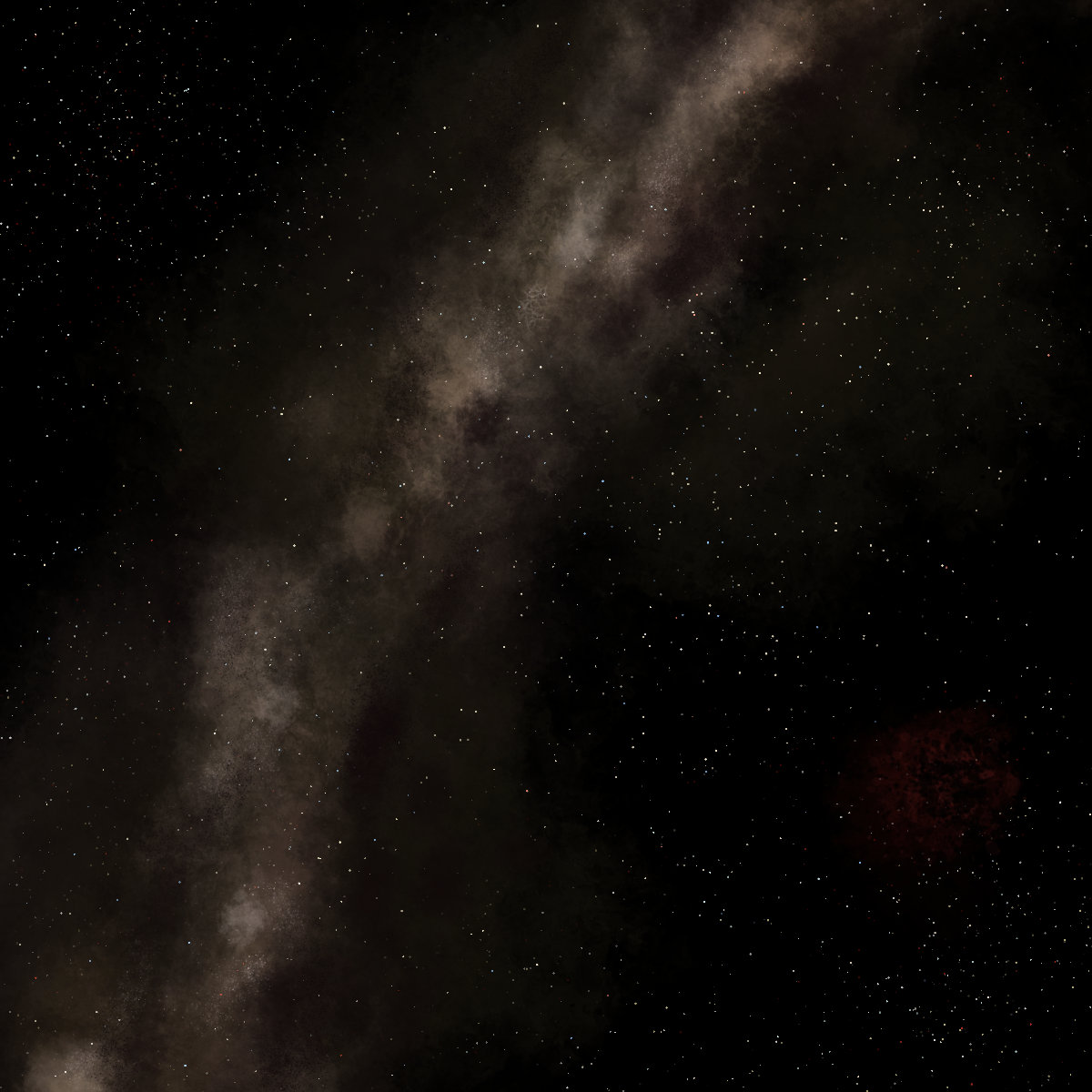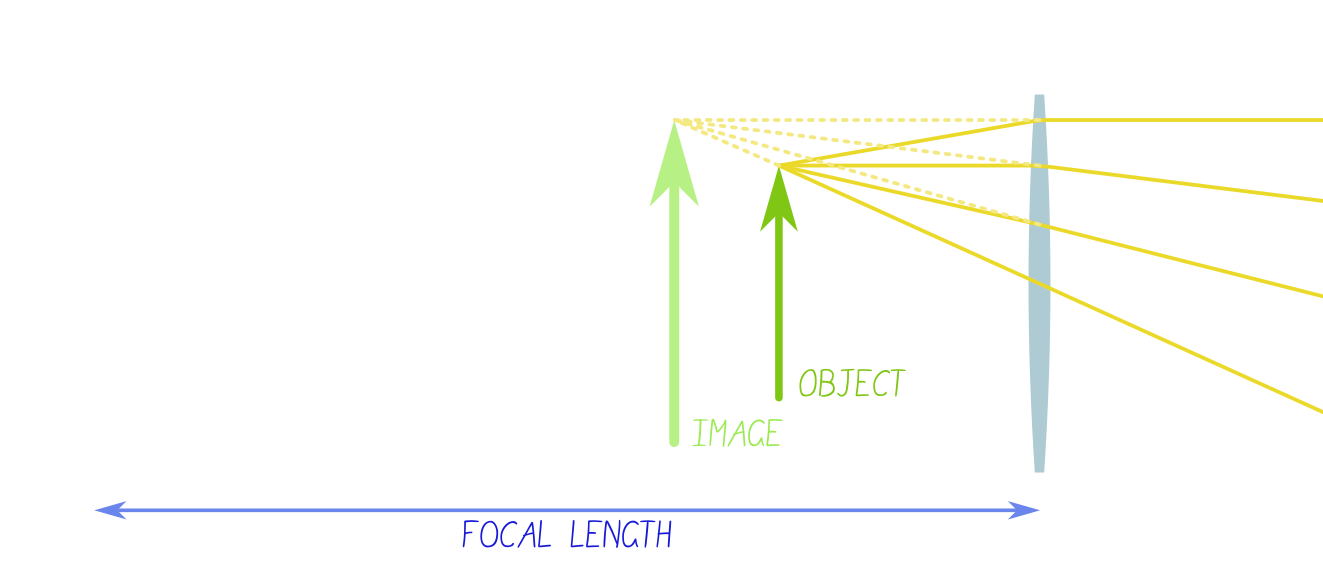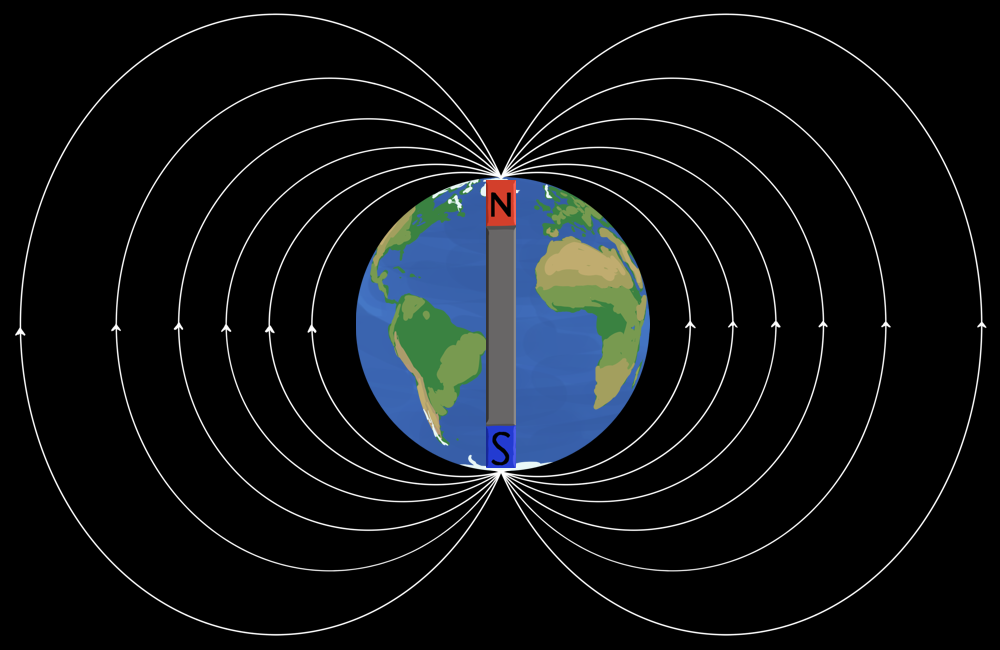2025 e-inktober roundup
A mere few months ago I was lusting after some kind of Supernote gadget, a kind of e-ink ‘paper tablet’ that I could carry around and write maths on and definitely do drawings and sketches more than never, without needing to plonk myself in front of the computer and start up Krita for any of it. I went through a bit of a cycle, deciding that I really did want one after all, then moving towards buying one only to find that it would be even more than I expected, sit on it some longer and start again. That repeated …






